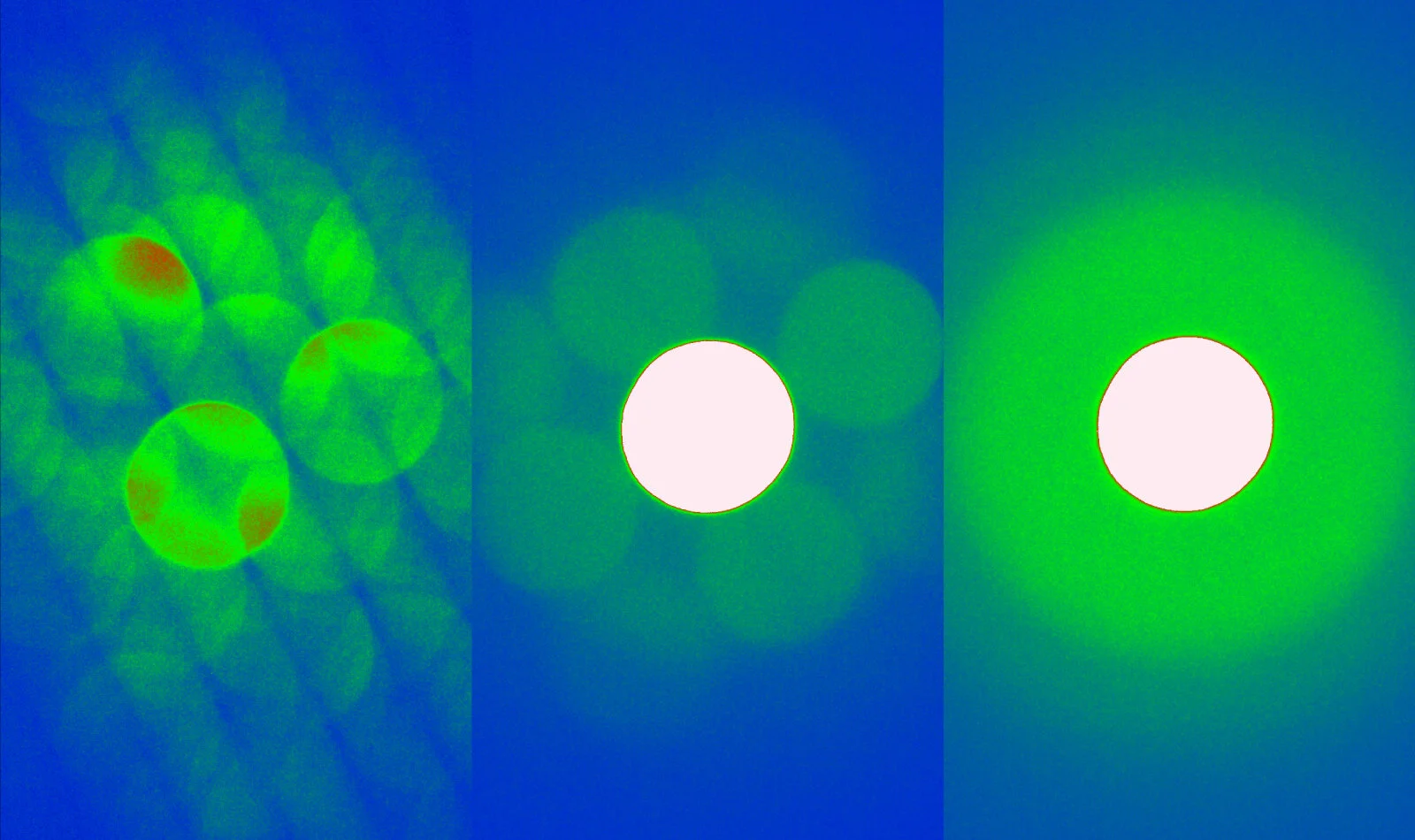Paper on Lattice Disordering at Oxide Interfaces Published in Advanced Materials Interfaces
Our paper on the unique radiation damage response of oxide interfaces has just been published in Advanced Materials Interfaces! While most past work has focused on bulk oxides, less attention has been paid to interfaces connecting them, as would be the case in a device. In particular, it is not clear how interface features such as composition, bonding, and possible defects, govern disordering processes. We employ a combination of atomic-scale imaging, diffraction, and spectroscopy, informed by ab initio models, showing how the structure of the two components of the interface can affect where defects form, which may allow us to control interface behavior and device performance.
From the abstract:
Control of order–disorder phase transitions is a fundamental materials science challenge, underpinning the development of energy storage technologies such as solid oxide fuel cells and batteries, ultra‐high temperature ceramics, and durable nuclear waste forms. At present, the development of promising complex oxides for these applications is hindered by a poor understanding of how interfaces affect lattice disordering processes and defect transport. Here, the evolution of local disorder in ion‐irradiated La2Ti2O7/SrTiO3 thin film heterostructures is explored using a combination of high‐resolution scanning transmission electron microscopy, position‐averaged convergent beam electron diffraction, electron energy loss spectroscopy, and ab initio simulations. Highly non‐uniform lattice disordering driven by asymmetric oxygen vacancy formation across the interface is observed. Theory calculations indicate that this asymmetry results from differences in the polyhedral connectivity and vacancy formation energies of the two interface components, suggesting ways to manipulate lattice disorder in functional oxide heterostructures.
To view the manuscript, visit: https://doi.org/10.1002/admi.201901944
To download the manuscript directly, click here.
